When it comes to making polymer clay earrings, you need to be sure that your handmade jewellery is sturdy and durable. One of the most attractive features of clay earrings is their handmade nature – you know you are paying for something that someone has spent a lot of time designing and creating. So what is the point of pouring your time, love and effort into making beautiful earrings, only for them to break a few times after your customer has worn them?
While we’re all learning as we go, it’s really important to me that my wonderful earrings pals are happy with their purchases. Over the months, I’ve spent a lot of time researching, practicing, and refining the craft, testing out different techniques to ensure that Arias Design Co earrings are as strong as they are pretty.
While some earring hardware styles need no further work (looking at you, hoops and huggies!), you’ll need to decide how you’re going to secure your earring backs when it comes to making stud earrings or clay earring posts. There’s no shortage of methods available, it’s just choosing which one suits you, your designs and your customers the best!
Using Glue To Secure Earring Posts
Back in the days when Arias Design Co was just a few scribbles and drawings in a notebook, I started out with the most ‘basic’ method. It was simple and not something that I could mess up, so seemed like a great option – glue! The idea of it all was making me nostalgic for craft classes in primary school, and I remembered covering our hands with PVA glue to do nothing else but slowly peel it off. Good times.
Glue, as I say, seemed simple. Until I started to decide on which glue. Superglue? Gorilla Glue? Wood Glue? With the word ‘glue’ starting to lose all meaning, I scoured the internet for answers and began my search for the One True Glue that would solve all my earring post woes.
I tried superglue, which seemed to work fine on the face of things – but after a little while, the dried glue started to become brittle and it wasn’t long before the earring post snapped off while trying to remove the earring back. It turns out that Superglue seems to be better for things that aren’t picked up and pulled apart often.
Eventually, whispers in the online clay community led me to another glue. E600. Advertised as an industrial strength, self-levelling adhesive used for plastics and metals (alongside other materials) it seemed too good to be true. Off I popped to the hardware store and grabbed myself a big old tube of the good stuff.
The verdict? Meh. While it was easy to apply, it seems that the glue can’t hold it’s own when faced with our own changing body temperature. I found that changes in temperature really affected the strength of the glue – going from hot to cold or vice versa seemed to weaken it’s strength, and there wasn’t enough longevity. The clay earrings would inevitably become separated from their glued on posts.
I’d decided by now that glue alone was not the way to go. It seems to work fine, for a while. But Arias Design Co earrings are supposed to last years, not weeks. Glue just didn’t seem like a permanent solution for my clay earrings and it didn’t feel right as a small business, to take money for products that I knew wouldn’t last that long.
Using Resin To Secure Earring Posts
Let’s level up! Using resin to secure the backs of your earrings to the clay is a tried and tested method that a lot of makers swear by for their jewellery. Resin is usually clear, so there is little to no impact on the overall look of the design, and it’s really, really durable. Although, it’s the most expensive way to secure your earring backs compared to the other available options, and while that’s not necessarily a bad thing, it’s important to take this into account when pricing your new earrings.
Resin ticks the boxes in terms of strength and overall effect, but for me it falls down in the safety arena. There are a few factors here that should be taken into consideration before settling on resin as your method of choice.
Resin is a HIGHLY toxic material and great care must be taken when working with it. At the very least, you should be using a respirator and gloves when working with resin, to avoid inhaling the fumes directly into your lungs or absorbing the resin via your skin. While I love making earrings, and am happy to (safely) use these materials, personally I like to limit my exposure if there are alternatives available.
Using Clay To Embed Earring Posts
There’s a couple of different options when it comes to embedding your earring posts, too. I tend to lean towards liquid clay to embed my earring posts, although you can use your usual polymer clay as well.
This is by far my favourite method to make sure your earring posts are securely attached to your clay pieces. It’s the method that for me, hits all the sweet spots when it comes to balancing out cost vs impact. So HOW on earth do you embed your stud posts? Before baking? After?
Much like anything in the polymer clay world, there isn’t a right answer. It all comes down to personal preference. Some makers I know embed the stud backs BEFORE curing the earrings in the clay oven. For me, it seems a little too fiddly and has too much potential to mess up the design of the earring and risk losing the time put into making them. But, if you have nimble fingers this could work for you!
Personally I prefer to wait until after the earrings have been cured, sanded and drilled before I go back to embed the stud posts. That way, the design is ‘safe’ and cured before we go fiddling around with it, and I can see exactly where I need to put the liquid clay, around any holes etc on the clay piece. My tube of E600 glue is still going strong, so I use a tiny amount of this to keep the stud post fixed firmly in place while the liquid clay is added. I’m sure to only use a really small amount of glue, so any air bubbles don’t expand while oven heats and starts to cure the clay.
Then, a simple little drizzle of liquid clay is carefully poured over the backs of the earrings and left to rest for 15 minutes or so. This helps the clay level out so it isn’t too bumpy once done, and sits comfortably against the ear lobe. Back into the oven for curing they go, and once done they’ll be as durable as the earrings.
If you fancy an even cheaper method of embedding clay, you can skip the liquid clay altogether. This involves rolling out a thin piece of clay, the same shape and colour as the earring itself. This little disc of conditioned polymer clay is then layered over the stud post, and popped back into the oven to cure. This way is a little more fiddly than using liquid clay, but the finished effect is gorgeous!
At the end of the day, every maker has a different process when it comes to making their earrings. There’s no right or wrong way, just different! If you’re not sure where to start, the best thing you can do is try as many of the techniques as you can. And be sure to test the strength of your earrings after baking. If you can pull the stud post off, so can your customers!

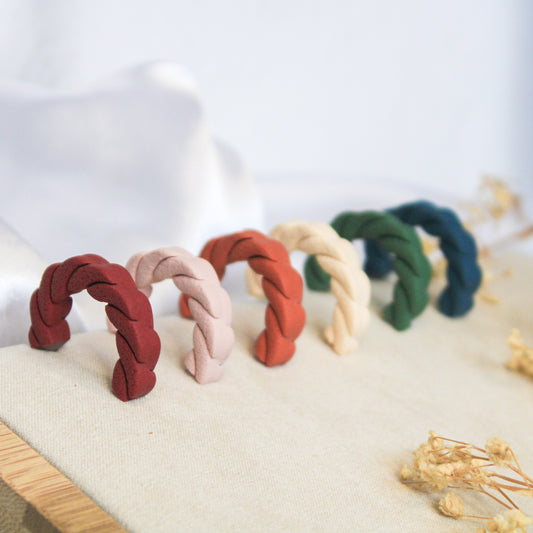
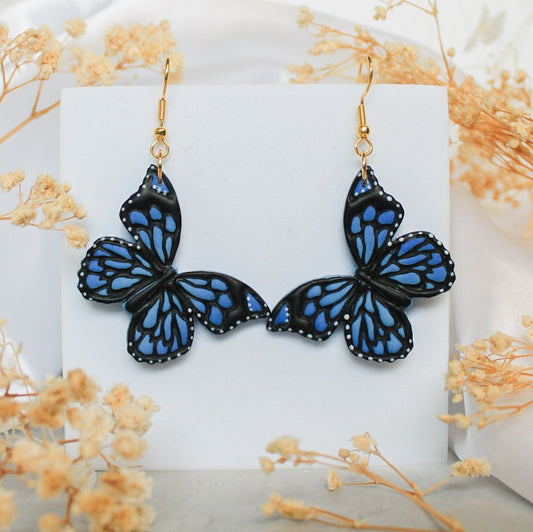
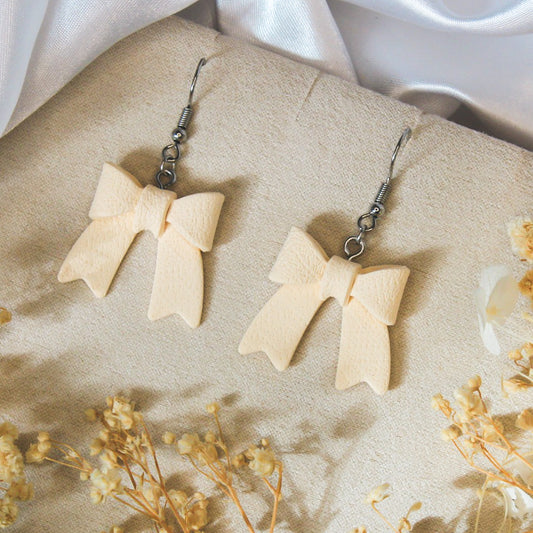
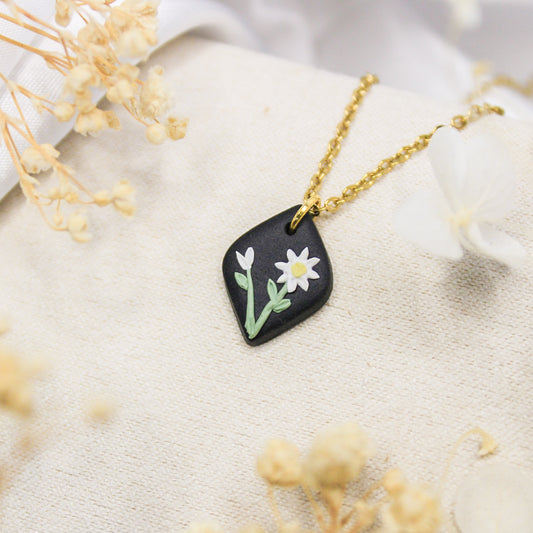
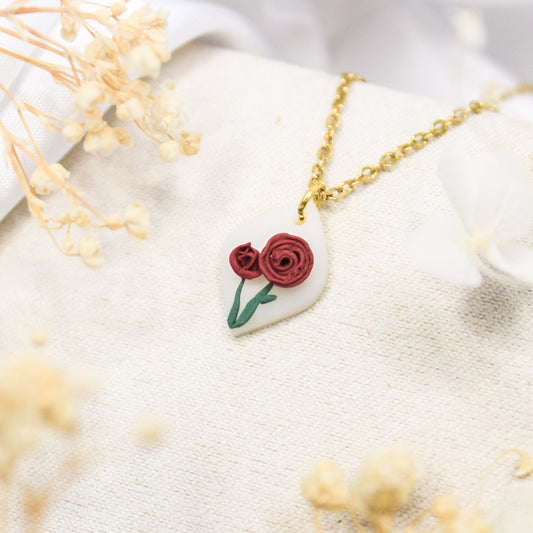
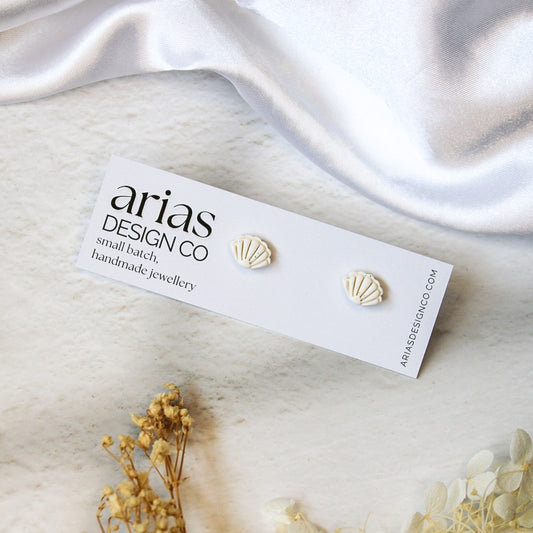
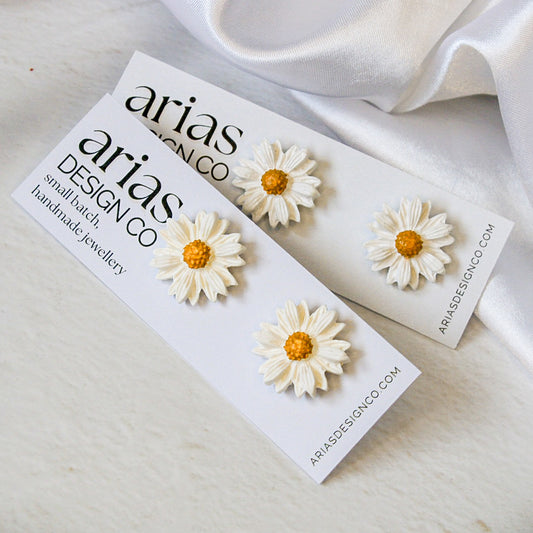
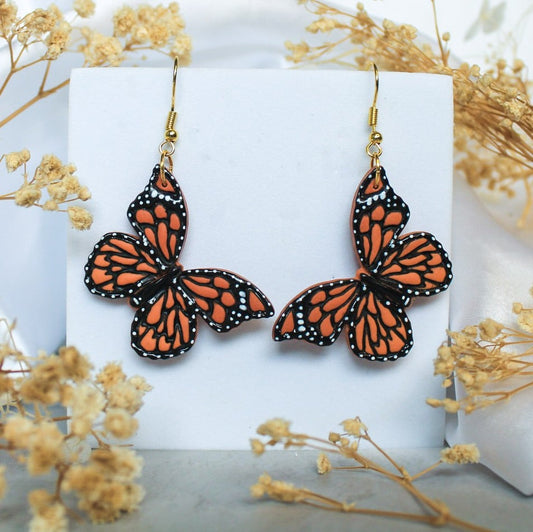
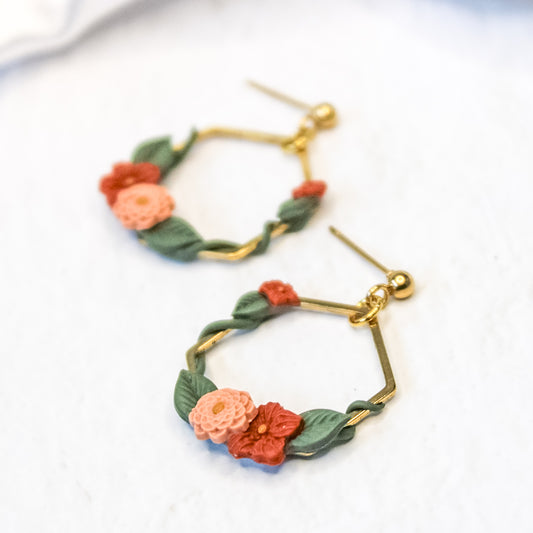
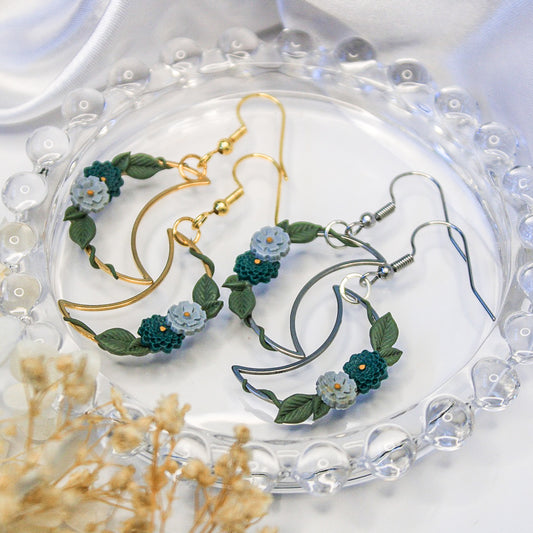
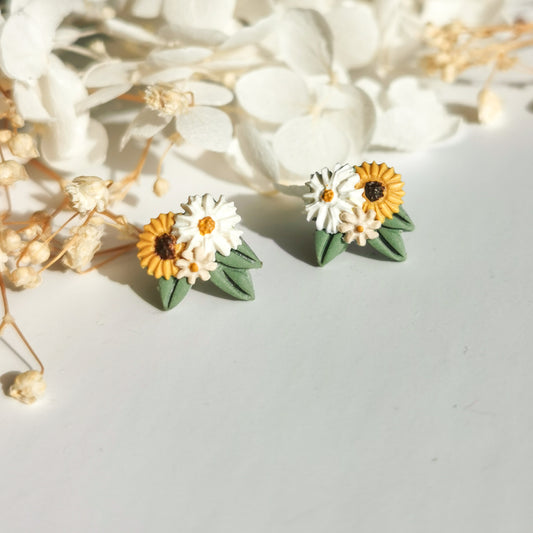
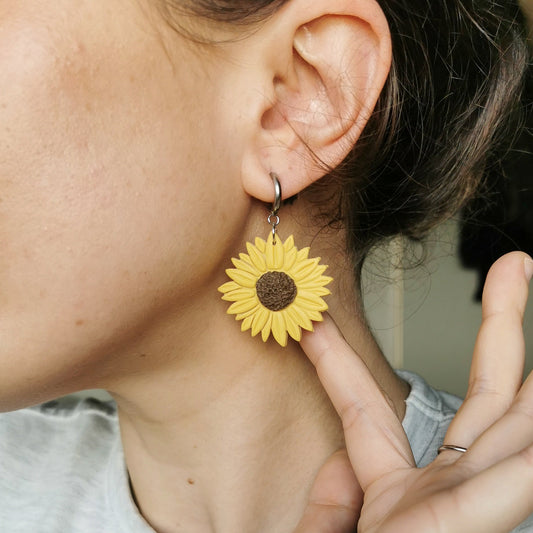
1 comment
How long do you cure the liquid clay or the thin piece of embedded clay in the oven?